A look at gadget happenings, as Fujitsu demonstrates technology that can turn paper into a touchscreen display, Google retains control of its Glass devices, Kobo turns up the resolution to compete with Kindle, HP partners with Leap Motion, and Vodafone adds two new entry-level smartphones to its offering.
Fujitsu turns any surface into a touchscreen
Fujitsu Laboratories has developed technology that can turn a sheet of paper or a book into an interactive touchscreen, making copying data from these materials as easy as a finger swipe.
The video below from DigInfo News shows the demo system in action using a webcam and projector to recognise a user’s fingertips and gestures, and capture content from any surface.
Fujitsu expects to turn this system into a commercial product by 2014.
Who really owns Google Glass?
Google Glass has been released into the wild and many of the lucky 2,000 first users are documenting their experiences with the new device online. Those who try to resell the coveted wearable computing device online, though, will find themselves with a fairly useless set of US$1,500 lens-less specs.
The terms of sale for Glass users forbids reselling or transfer of the devices, which are registered to the user’s Google account. In the event an enterprising user did sell their Glass Explorer Edition, Google would be within its rights to deactivate the device.
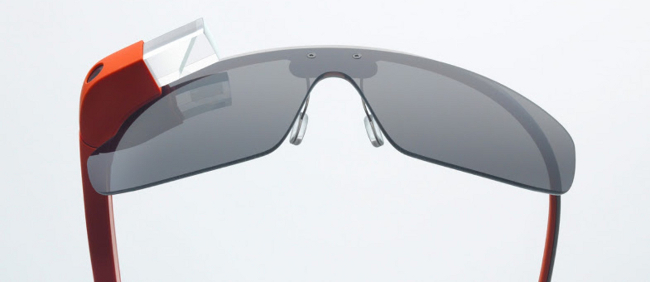
According to Wired, one Glass ‘explorer’ did opt to auction off his device on eBay, only to stop the sale in its tracks when he found out about the potential consequences. Unfortunately for him, he missed out on a tidy profit as his US$1,500 smart specs were seeing bids of more than US$90,000. This decision by Google to retain control over its devices even after they have been sold has raised questions on whether users ever really ‘own’ Google Glass or if they just ‘rent’ them from Google. Similar policies apply to digital media sold online, but this could be the first instance where this has been applied to a piece of hardware.
Kobo’s high-res e-reader for the bibliophile
The limited-edition Kobo Aura HD features the highest resolution 6.8-inch E-Ink display available on the market today and its book-inspired design comes in three colours.
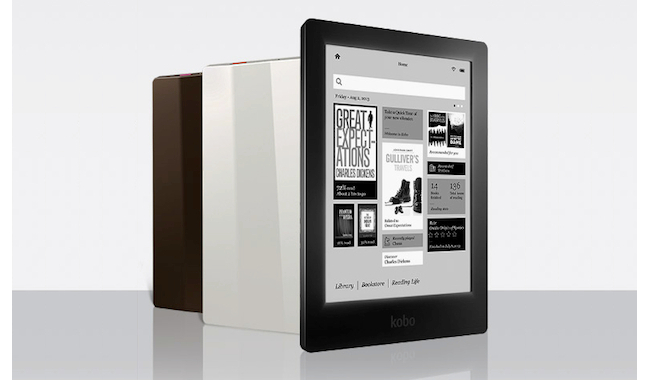
The 265dpi display provides a larger readers surface and claims to offer the closest experience to the printed word – directly competing with Amazon’s lauded Kindle Paperwhite. The device also features a 1GHz processor for faster page turning and its 4GB internal memory can be expanded up to 32GB, while battery life should last up to two months.
The Kobo Aura HD is priced at US$169.99 in the US market, where it hit retailers last week. It will reach the UK and Canada on 25 April, stretching to international availability in May.
HP will be first to integrate Leap Motion
At the start of this year it was announced that Asus would include Leap Motions’ 3D motion-control technology with a range of high-end notebooks and premium all-in-one desktop computers, but HP will produce the first computers to fully integrate the technology, according to a partnership announced last week.
Leap Motion will officially be released on 13 May as a standalone device that can be paired with a number of computers. The device, which is connected via USB, is available for pre-order for US$79.99, having increased from the earlier price of US$69.99 for orders made before 27 February.
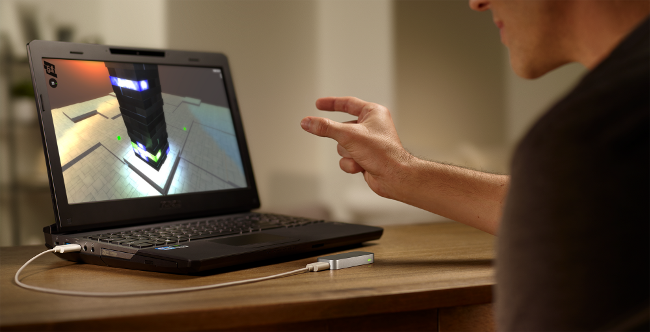
The embedded unit being incorporated into HP computers is said to be half as thick at just 3mm. HP will first start shipping products along with a separate Leap Motion device, moving towards embedded devices soon after. These computers will come pre-loaded with Airspace, Leap Motion’s application store with software for gaming, music, education, art and productivity.
UPDATED 23.04.2013: An earlier version of this article mistakenly claimed that Leap Motion would be integrated with Asus computers. However, the device will be shipped as a separate unit with these computers, making HP the first to integrate Leap Motion fully.
Vodafone’s latest smartphones from Nokia and Huawei
Vodafone introduced two new smartphones to its repertoire last week, one for the Android user and one for the Windows Phone fan.
First there’s the entry-level Huawei Ascend G510, available in white or black for €149.99 on pay as you go or free with Vodafone’s new Red price plans. This device is one of the first to feature Huawei’s new Emotion UI, which offers a choice of themes for personalisation, with Android 4.1 Jelly Bean running in the background.
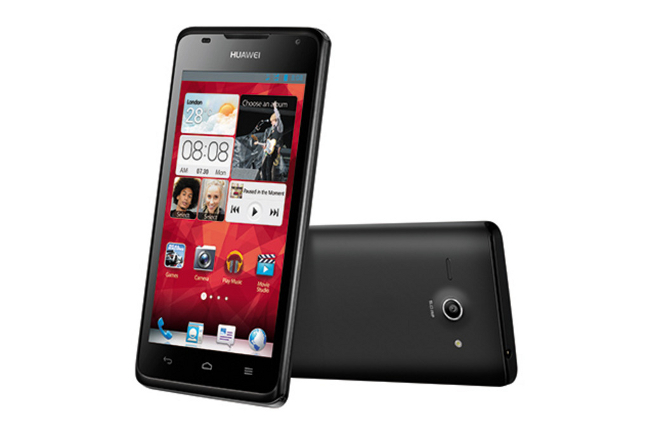
Huawei Ascend G510
The Ascend G510 sports a 4.5-inch display, 1.2GHz processor, 5MP rear camera, 1,750mAh battery and an NFC chip for fast sharing and connectivity.
Vodafone will also start carrying the Nokia Lumia 520 this week, the fourth smartphone from Nokia’s Windows Phone 8 range and the most affordable so far.
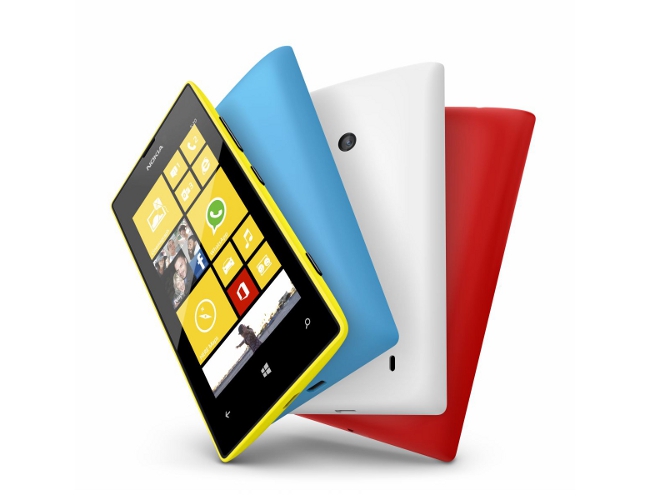
Nokia Lumia 520
The Lumia 520 has a 4-inch super-sensitive touchscreen display and claims the same high-spec digital camera lenses found on the flagship Lumia 920, only at 5MP in this model. A dual-shot colour technique is said to enhance colours and texture effects in images and the device comes pre-loaded with Nokia’s Here Maps, City Lens, Drive and Music apps.
The Lumia 520 launches exclusively with Vodafone in yellow, available from free on bill-pay, or from €129.99 on pre-pay.
Stay informed – get daily updates on the latest happenings in technology directly to your inbox.